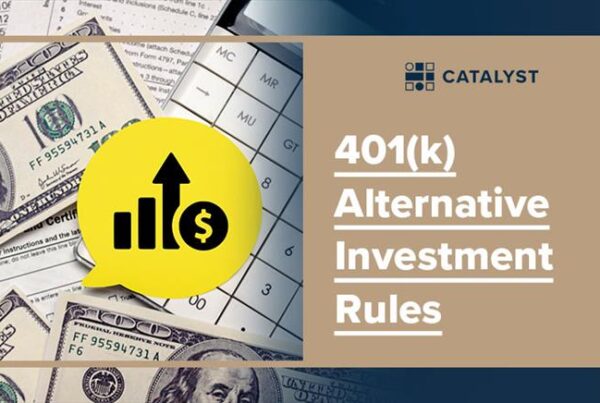May 16, 2023 | 5 min read
A Comprehensive Guide to Fractional Real Estate Investing
Once upon a time, real estate was a symbol of wealth, a luxury that only the nobility and the ultra-rich could afford. Over the centuries, while home ownership has become more common, the rising housing prices have posed a significant challenge for many first-time homebuyers. But here's the good news: You don't need a fortune to invest in real estate. Thanks to fractional real estate investing, you can own a piece of the action for as little as $10. In this comprehensive guide, we'll delve into the world of fractional real estate investing, explore its pros and cons, and introduce you to some of the top platforms you can use to get started.
What is Fractional Real Estate Investing?
Fractional real estate investing is the practice of buying shares in an individual property or real estate fund. Instead of owning an entire property, you own a small part of it. It's like having a slice of the real estate pie without having to buy the whole pie.
Timeshares and fractional home ownership, where you buy a second home with a group of people, are traditional examples of this type of investment. However, these models have their downsides, which we'll cover later. On the brighter side, several real estate crowdfunding platforms allow you to invest in real estate without needing a lot of money, offering a passive and professionally managed alternative to the older models.
Pros and Cons of Investing in Fractional Real Estate
Like any investment, fractional real estate investing has its pros and cons. The low barrier to entry is undoubtedly a major advantage. If you're looking to invest in real estate without a hefty sum of money, options like buying a rental property outright are off the table. Fractional real estate investing, however, is much more accessible. That said, it's crucial to weigh the pros and cons of this investment style before diving in.
5 Best Fractional Real Estate Investing Platforms
At Investor Junkie, we're not big fans of traditional fractional investments like timeshares or secondary homes. The main reason is that hidden expenses and fees can turn an otherwise great investment into a nightmare. Plus, exiting can often be a Herculean task.
Thankfully, crowdfunding companies have made fractional real estate investing easier and more lucrative. These investments are professionally managed, fully passive, and come with regular income and portfolio diversification. Let's look at our five favorite platforms:
1. Fundrise
Fundrise is an excellent place to start your fractional real estate investing journey. With a minimum requirement of just $10 and a low annual fee, Fundrise has become immensely popular. It offers a variety of eREITs to invest in, paying quarterly dividends. An added perk is its secondary marketplace, which allows you to sell shares, albeit with some small penalties for early selling.
2. Arrived Homes
Arrived Homes is a newer player in the fractional real estate scene. With a minimum investment of $100, you can add income-generating rental homes to your portfolio. A unique aspect of Arrived Homes is that tenants can invest in the homes they're living in, incentivizing property maintenance.
3. HappyNest
With a $10 minimum, HappyNest offers an efficient way to invest in fractional real estate. The company specializes in commercial real estate, generating rental income for shareholders from large corporations.
4. HoneyBricks
For those interested in blockchain and Web3, HoneyBricks offers an exciting opportunity. The startup allows you to invest in tokenized real estate properties starting with $1,000. As an owner, you can receive payments in cryptocurrencies like Bitcoin and Ethereum.
5. Lofty ai
Lofty ai is another new company offering
fractional real estate investing opportunities. Starting with just $50, you can invest in shares of rental properties that pay daily rental income. The company also utilizes blockchain technology to tokenize real estate shares for efficient transactions.
Just remember, while newer platforms like Lofty and HoneyBricks offer unique advantages, more established companies like Fundrise have a longer track record, which can be important for many investors.
Alternatives to Fractional Real Estate Investing
Fractional real estate investing has indeed made real estate investing much more accessible. However, if you're interested in real estate but don't have much capital, you might consider other options. Flipping houses or buying a rental property can become viable if you have more capital. For new investors, crowdfunding companies are one of the simplest ways to start exploring real estate.
Who Should Invest In Fractional Real Estate?
Fractional real estate investments can be a great fit if you're looking to diversify your portfolio with real estate but lack substantial capital. This is particularly true if you already have a solid foundation of other investments like stocks, bonds, and ETFs, and wish to expand.
Crowdfunding companies are an excellent solution if you want a passive investment with low fees. However, if you're looking to actively manage real estate properties and become a landlord, an option like house hacking could be a better strategy. You can also gain exposure to real estate through REIT investing or various real estate ETFs.
The Bottom Line
A few years ago, the idea of buying real estate with just $10 or some Bitcoin might have seemed far-fetched. But today, technology and crowdfunding have made fractional real estate investing more accessible than ever.
While timeshares and shared home ownership have been around for a while, it's only recently that crowdfunding companies have enabled investors to generate passive income through owning small slices of things like rental properties and commercial real estate.
How you add real estate shares to your portfolio is ultimately up to you. But if you're currently lacking real estate exposure in your portfolio, consider your overall asset allocation and where fractional real estate investing might fit in.
Join Us
Subscribe to our newsletter.



